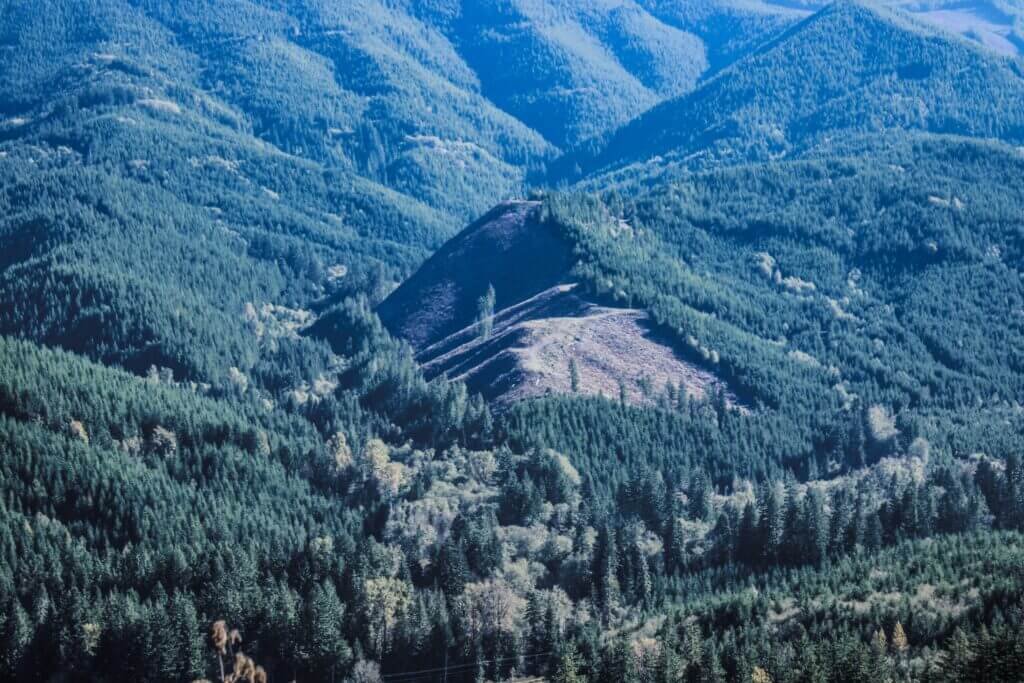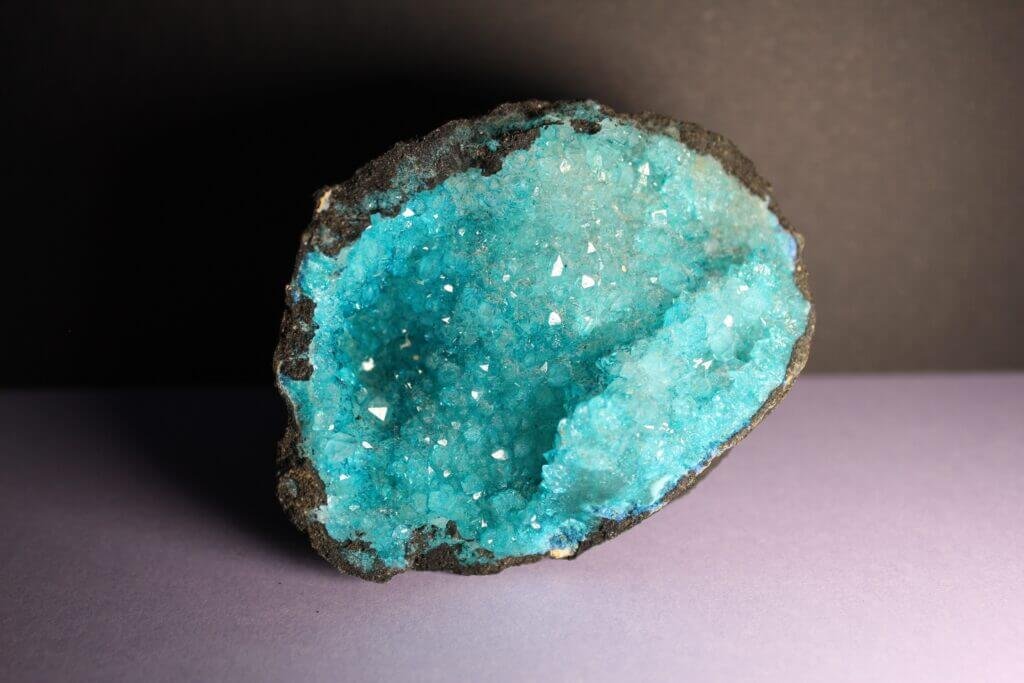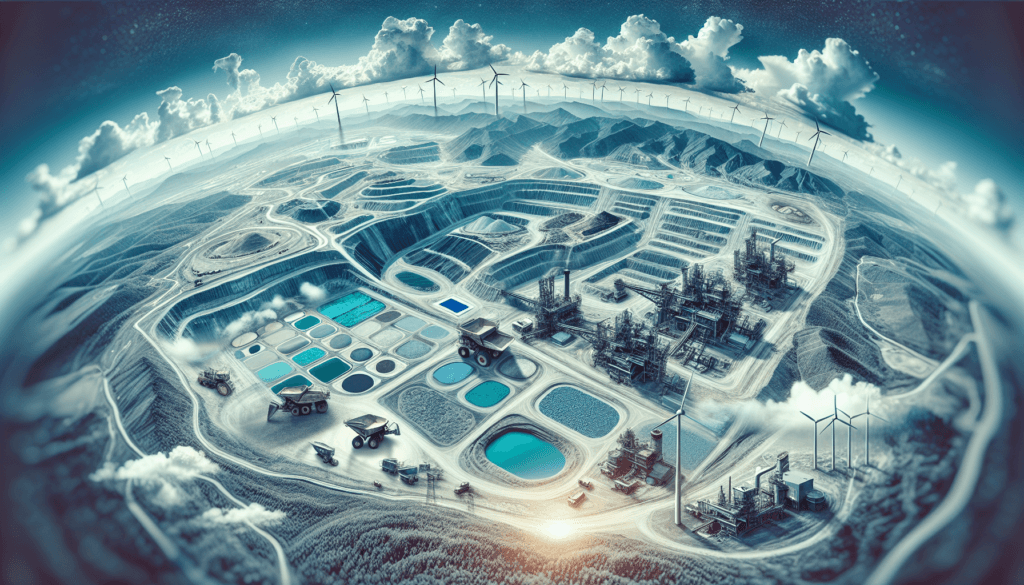What Is The Most Mineral Rich Place In The World?
What Is The Most Mineral Rich Place In The World? Buckle up and get ready as we take you on a geologic journey like never other, transporting you to the most mineral rich place on earth. Discover the fascinating world of geology and the precious minerals that make one spot on earth a priceless treasure chest. Hold onto your hats as this article helps you unravel the mysteries of our planet’s immense wealth and sheds light on that one place that holds more minerals than anywhere else in the world.

Understanding Mineral Rich Regions
There is so much wonder and wealth beneath the Earth’s surface waiting to be discovered and appreciated. Minerals form the very foundation of our civilization. In this section, we help you understand the intricacies involved in discerning the mineral wealth of a region.
Identifying mineral deposits
Minerals reside deep beneath the Earth’s surface in varying concentrations. The ability to identify mineral-rich regions is an essential part of sustainable economic development. Various geological survey methods such as magnetic, gravity, and seismic surveys, combined with drilling samples, provide scientists with hints about the mineral potential of an area.
Importance of mineral wealth
Minerals are integral to our daily lives, from the technology we use, building materials for our homes, cars we drive. Aside from their everyday uses, mineral wealth can significantly boost a country’s economy through extraction, export, and job creation. It plays a vital role in the socio-economic development of a region, creating industries, supporting infrastructural development, generating employment and contributing to foreign exchange earnings.
Factors determining mineral richness
Mineral richness is dictated by a host of factors, ranging from geological to ecological. It is imperative to understand that the Earth’s geological history, plate tectonics, and volcanic activities play a significant role in mineral formation. Other factors such as climate, topography, and time also contribute to the mineral wealth of a region.
Assessing the Measures of Mineral Wealth
To understand and truly appreciate a region’s mineral wealth, it needs to be evaluated from multiple dimensions.
Varieties of minerals
The number of different minerals in a region contributes to its richness. Different minerals have varied uses and values. From iron ore used in steel production to rare earth elements used in technology—the broader the mineral base, the more economically prosperous a region can become.
Volume of mineral reserves
The volume of mineral reserves determines the lifespan of the mining activity in a region. The larger the reserve, the longer the region can extract the minerals and prolong economic benefits.
Economic value of minerals
The economic value of minerals is derived from their usage and demand in the global market. For instance, gold and diamonds are high-value minerals due to their demand in the jewelry and industrial sectors.

Purchase Full Post For More Details
Africa as a Mineral Powerhouse
Africa, often labeled as the “world’s quarry,” is a mineral powerhouse thanks to its vast natural resources ranging from precious metals to diamonds.
South Africa: Platinum and Gold
South Africa is the world’s leading source of platinum and also boasts a significant gold deposit. These valuable reserves have made it a strategic player in the global market. Is Louis Vuitton Jewellery Made of Real Gold?
Democratic Republic of Congo: Cobalt and Copper
The Democratic Republic of Congo distinguishes itself with its enormous reserves of cobalt and copper. It plays a crucial role globally, especially in the era of electric cars and renewable energy, where cobalt is a key ingredient in batteries.
Guinea: Bauxite
Guinea is home to the world’s largest bauxite reserves. This mineral is essential for creating aluminium, which is extensively used in different industries such as automotive and packaging.
Asia and Its Underground Treasures
Asia, a continent with diverse geographical features, is endowed with a plethora of mineral resources.
China: Rare earth elements
China’s reserves of rare earth elements, vital for high-tech devices, makes it an influential player in the technology supply chain worldwide. https://git.or.th/
India: Iron ore and Mica
India is rich in iron ore and mica. The country’s large iron ore deposits feed its bustling steel industry, and mica’s electrical insulating properties make it a strategic mineral.
Russia: A Mixed Mineral Treasure Trove
Russia, the largest country by land area, is truly a mixed mineral treasure trove. It is rich in coal, natural gas, and oil reserves, making it one of the world’s leading energy producers.

The Americas’ Mineral Rich Lands
The Americas, due to their sheer size and geological diversity, house vast mineral resources.
Brazil: Largest producer of niobium
Brazil stands out as the largest producer of niobium, a mineral with superconductive properties, used extensively in the aerospace and steel industries.
Canada: Uranium and Potash
Canada is known for its large reserves of uranium, vital for energy production, and potash, an essential mineral used in fertilizers.
USA: Diverse mineral resources
The USA houses diverse mineral resources, including coal, copper, gold, and oil. This wealth fosters the development of multiple industries, contributing significantly to the country’s economy.
Australia: The Lucky Country
Australia’s geological diversity strikes gold in terms of mineral wealth.
Western Australia: Iron Ore
Western Australia is the hub of the nation’s iron ore mining. The region’s rich reserves fuel the technology, infrastructure, and automotive industries.
South Australia: Uranium
South Australia boasts significant uranium deposits, driving the global atomic energy industry.
Queensland: Coking Coal
Queensland’s coking coal reserves are essential for steel production, making it a vital resource for industrial development worldwide.

Mineral Wealth of Europe
Despite being small compared to other continents, Europe packs a punch when it comes to mineral resources.
Poland: Silver and Copper
Poland is known for its vast deposits of silver and copper. These metals find myriad uses in industries ranging from electrical to jewelry.
Sweden: Iron Ore
Sweden is a considerable producer of iron ore, feeding into manufacturing and infrastructure development.
Norway: Petroleum and Natural Gas
Norway’s vast reserves of petroleum and natural gas have made it one of the world’s largest energy exporters. It plays a crucial role in the global energy grid.
Middle East: The Oil Kingdoms
The Middle East is often referred to as the “Oil Kingdoms” due to its vast reserves of oil and gas.
Saudi Arabia: Oil reserves
Saudi Arabia is renowned for its extensive oil reserves, making it one of the world’s leading oil exporters.
Iran: Massive gas reserves
Iran houses massive gas reserves. This huge reservoir of natural gas feeds into the global energy demand.
UAE: Petroleum and natural gas
UAE, with its sizeable reserves of petroleum and natural gas, plays an integral part in the global energy industry.

Exploring the Oceanic Mineral Wealth
The oceans hold unexplored potential when it comes to mineral wealth.
Deep-sea mining
Deep-sea mining is an emerging industry focused on extracting minerals from the ocean floor. This hosts a new frontier in mineral wealth, opening opportunities for harvesting minerals like copper, nickel, and cobalt.
Potential mineral wealth
The potential mineral wealth under the oceans is vast. These untapped resources could provide a significant boost in mineral sustainability.
Environmental considerations
While the prospect of deep-sea mining is enticing, it’s crucial to consider the environmental impacts. We must tread carefully to limit disruption to marine ecosystems and protect biodiversity.
The Future of Mineral Wealth
The future of mineral wealth hinges on balancing extraction with preservation.
Technological advancements in mining
Technological advancements in mining improve extraction efficiencies and reduce environmental impact. Automation, enhanced geological modeling, and better drilling techniques will shape the future of mineral wealth.
Sustainable mining
Sustainable mining emphasizes responsible practices to minimize environmental impact, reduce energy use, and ensure the welfare of communities. This approach is vital for longevity and wellbeing of our planet and people.
Role of recycling and reuse
As our mineral resources are finite, recycling and reuse form an integral part of sustainable usage. Innovation in recycling technologies could make a significant difference in reducing mining, preserving natural resources, and meeting our material demands.
Indeed, understanding and appreciating our world’s mineral wealth entails looking beneath the surface—to the potential that lies dormant within the earth. It’s a precious wealth that must be harnessed responsibly, with an eye on sustainability and care for our environment.
